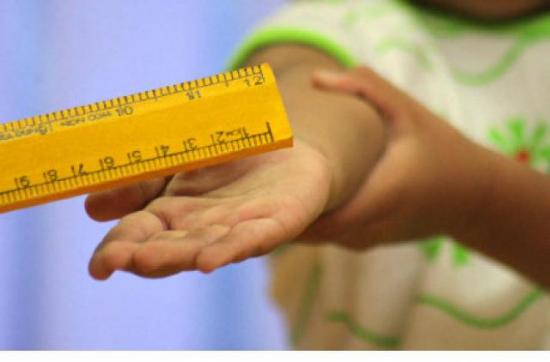
IT’S is usually believed that teachers cannot be killer. It’s a fact long we haven’t questioned yet. They are expected to be the architect of students’ fortune. Yet, it’s arguable that there is an overall increase in the frequency of cases teachers turning aggressive against own students. Of late, a physical training teacher of a private school in Amritsar mercilessly beat up a class nine student Amandeep fracturing his arm, for not wearing his turban to school. Worst still, the recent gruesome acts of violence against school children; a 35-year-old school teacher of a private in Ghaziabad murdered a class 7 student by slitting his throat. Giving another instance, Vanramchhuangi says a boy, who failed in his test, was forced by his teacher to take his pants off and wear a skirt, considered the most humiliating punishment in the strict patriarchal Mizo society.
According to a study on Child Abuse India 2007, conducted by UNICEF and Delhi-based PRAYAS (Save the Children) under the aegis of the Union Ministry of Women and Child Welfare Development, at least 90.86 per cent of students in various states are victims of corporal punishment. Another study reveals, the percentage of victims of corporal punishment is 33.71 in the age groups of 5-12 and 13-14 and 32.59 in the age group of 15-18 in the state. The study also finds that 84.64 per cent of children in Mizoram are victims of physical abuse, again next to Assam’s 84.65 per cent. While 61.97 per cent of boys in the state are victims of physical abuse at home.
It’s certainly, a depiction of a disturbing trend inside class rooms. There exist a wide gap not only outside the class but inside the class room. There are a number of factors involved that add to the agony of the students such as lack of teachers (especially female), shortage of unqualified and untrained teachers, overcrowded classrooms, appointment of teachers on contractual basis and anomalies in the recruitment process, lack of counselling counsellor in schools, family disputes of the teacher, irregularities of salaries and vice-versa. Another striking factor is that there is a shortage of more than 8 lakh teachers in primary and middle schools. It is disappointing and disheartening figure that 19 per cent of the total primary schools in India are single teacher schools catering to nearly 12 per cent of the total enrolment in primary classes. About 10 per cent of teachers at this stage are above 55 years of age. However, looking at the teacher- student ratio of 1:40, India needs another 60 lakh teachers for Classes I-VIII, and has just 52 lakh — a figure which is set to shrink further. It actually has just 26 lakh teachers, a shortage of 12 lakh. This definitely, adds to the anxiety of the teacher in the school. This combination of factors could be the possible reasons for the upswing of teacher-students’ conflicts in schools.
There is a necessity to overhaul India’s system of education, esp. the primary and middle schools to this terrorisation of school students. The government must ensure that teachers should appoint according to basic criteria and they should be given a proper skills and training before they assume their responsibility. Each school should be filled with sufficient number of teachers both male and female as per the requirement of the school and they should be sent for regular and ongoing training. The school should have a student counsellor and it’s a must that schools should be provided with basic facilities. It’s disgusting that some of our primary schools are worst than the cowshed. Unless and until these basic requirements are met, students will remain victimized.



